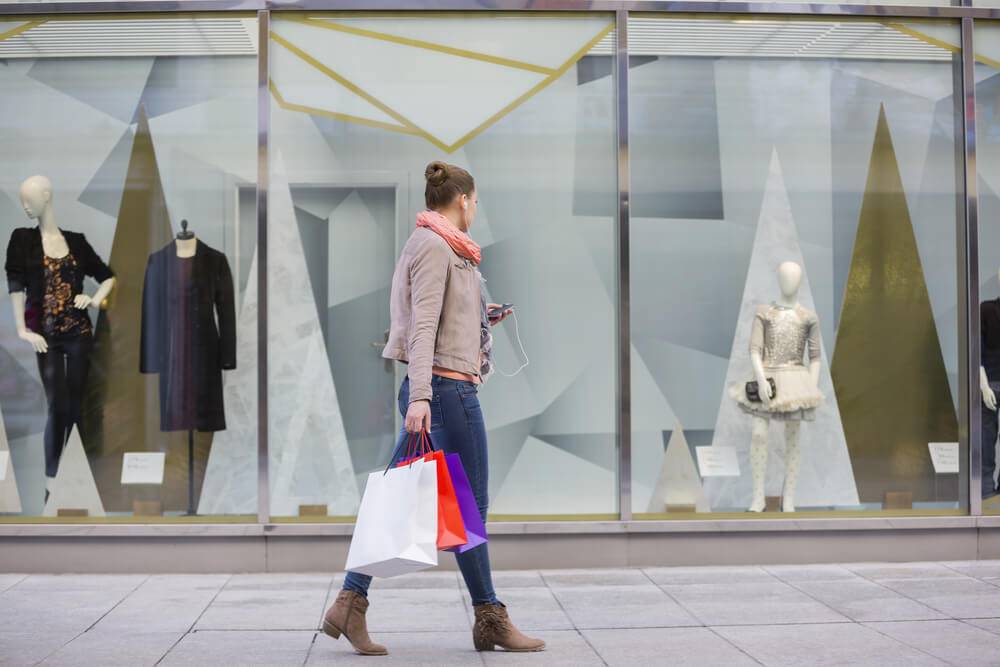Marketing’s success has always hinged on showing the right message to the right person at the right place and time. The ever-expanding reach of digital opens up new possibilities—such as targeting customers based on where they are online, personalizing content based on browsing history and gathering analytics on precisely where your clients are going, giving you a clearer ROI.
Before the proliferation of mobile devices, marketers had to rely on low-tech tactics like static billboards, mass media advertising and impersonal email templates to blanket their target area, hoping that prospects would see—and respond to—the intended message. Now that more than 90% of American own cell phones—and 64% of them are smartphones—marketers are able to target audiences more closely than ever through various methods, including location-based marketing.
What Is Location-Based Marketing?
Location-based marketing allows you to target and personalize content for users based on a variety of factors: age, sex, location (in some cases, as small as a 5’x5’ area), lifestyle, habits and much more. The effects of location-based marketing are real, in that it can:
- Drive new and repeat traffic to your online presence as well as physical location(s).
- Increase brand awareness.
- Push promotions to a targeted audience.
- Promote an event, such as a grand opening, charity event or a sponsored community event, to precise communities and regions.
We’ve used this approach successfully for several clients across our key verticals: from helping those in higher education reach prospects and college fairs to grand openings and local market promotions for financial institutions and healthcare groups.
How Does Location-Based Marketing Work?
For location-based marketing to work, you need to start thinking in terms of mobile: push notifications to phone lock screens, eye-catching ads with simple calls-to-action and the message that will get your clients clicking.
Location-aware technologies, such as geofencing and GPS, can tell you exactly where your users are—whether it’s in your business location, at your competitors’ or anywhere that might be relevant to your brand, like the floor of an industry trade show (or college fair).
Once we have the data of whom you want to target and where, we work with our partners to strategize the best solution for the greatest ROI. What’s more, since these mobile actions are trackable, analytics can provide a wealth of data about user behavior, such as:
- When they visit a specific location.
- How long they stay.
- Where they go before and after.
- How frequently they visit and at what intervals.
By combining location insights with analytics, it is possible to personalize very specifically—even targeting a single person with a highly specific message. More consumers are demanding a personalized experience online or in store and reaching your users in this way makes them feel like they’re important to your business (they are!)—and it can be the first step to creating brand ambassadors and building loyalty.
Have you used location-based marketing to help achieve your goals? We’d love to hear about your experiences.










